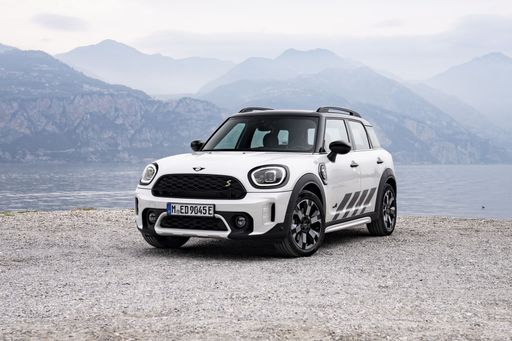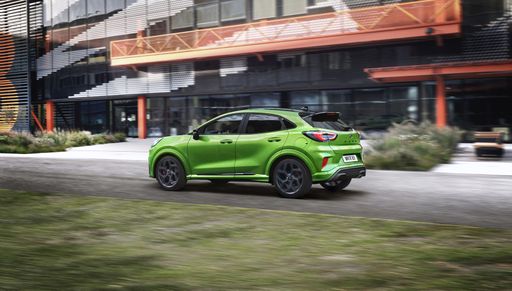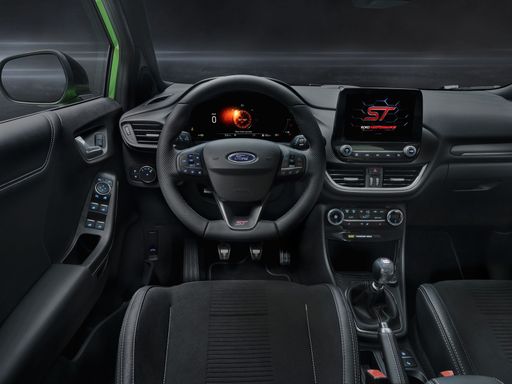Ford Puma vs. MINI Countryman: A Tale of Two Stylish SUVs
In the bustling market of compact SUVs, the Ford Puma and MINI Countryman have managed to capture the spotlight with their distinctive styles and cutting-edge technology. Both models cater to the modern driver who demands a blend of practicality and charisma. Let’s dive into how these two vehicles stack up against each other in terms of design, performance, and innovation.








